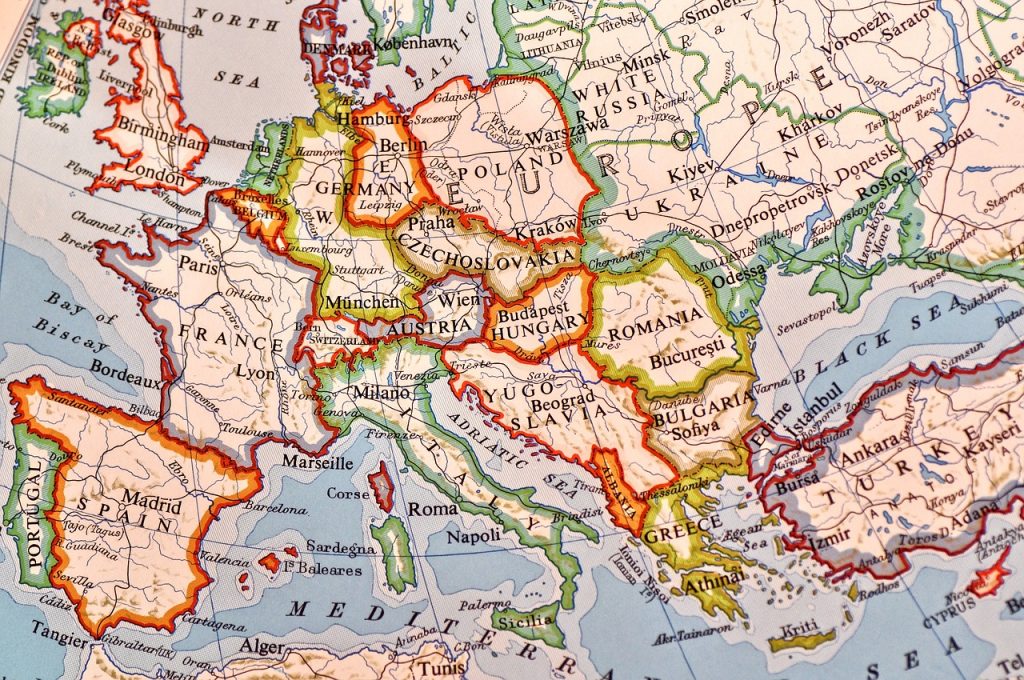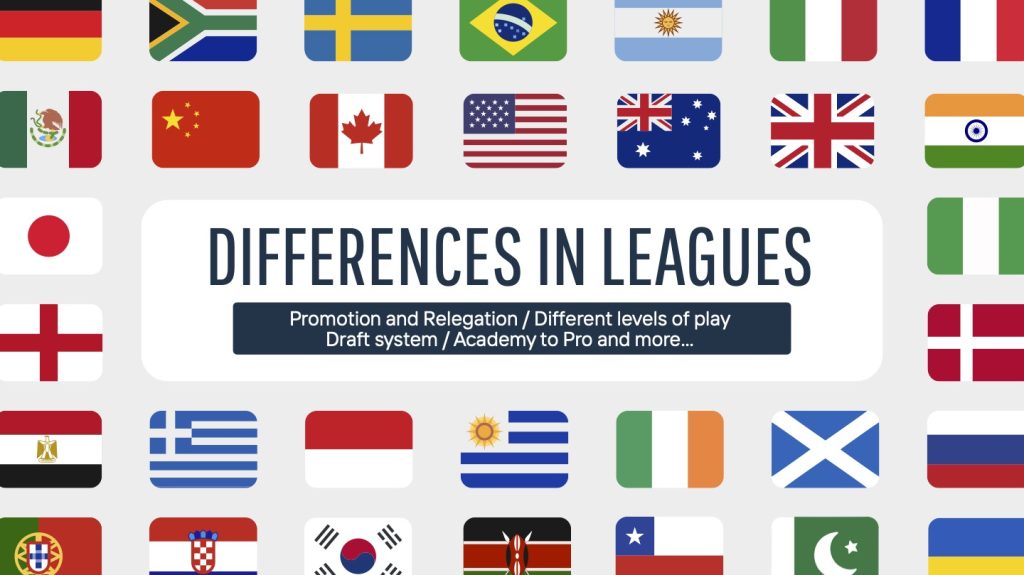
Explore Europe’s Soccer Leagues by Country

While FIFA governs the global framework, each country has its own system of soccer leagues. This results in a variety of structures and levels that reflect the local culture and development of the sport, as well as the size of the nation.
What is FIFA?
FIFA, short for the Fédération Internationale de Football Association, is the global governing body of soccer (association football). It was established in 1904 and is headquartered in Zurich, Switzerland. FIFA is responsible for organizing and overseeing international competitions. The best known is the FIFA World Cup, the world’s most-watched sporting event.
FIFA has over 200 member nations. They are responsible for setting the rules of the game (known as the Laws of the Game. They work in cooperation with the International Football Association Board (IFAB) to create these. FIFA also manages rankings, handles international transfers, and ensures compliance with standards for clubs, leagues, and national teams. They also establish rules for minors. FIFA works with six continental confederations (like UEFA in Europe and CONCACAF in North America). Together they manage and grow the game.

Soccer Leagues Around the World: A Diverse and Layered System
Now, while FIFA handles soccer worldwide, each country has its own governing body that runs the sport locally. For example, in England, The Football Association (The FA) runs the game. Germany has the Deutscher Fußball-Bund (DFB), and Spain relies on the Royal Spanish Football Federation (RFEF).
These national bodies organize their country’s leagues, and run their national teams. They have a certain amount of latitude in how soccer leagues are structured within their countries. For example, they might decide things like how many teams play in their top league and the format of the season. They can even create rules around player eligibility. This explains why different countries offer different numbers of spots for “foreign” players.
Smaller countries or those with fewer professional teams often keep things simpler — leagues with 16 or 18 teams are pretty common. The structures can be very different too.
Not All Leagues Are Professional
It’s important to note that not all leagues are fully professional. Many teams operate with limited resources and function as semi-professional, where players may receive small stipends or work part-time jobs alongside their football careers. In amateur leagues, players often play for the love of the game, with no financial compensation.
Soccer is played and organized at many different levels across the world. This creates a vast and diverse ecosystem that goes far beyond just the professional ranks. Most attention is given to top-tier professional leagues like the English Premier League, La Liga, or Major League Soccer. The sport thrives at numerous other levels that are just as important to local communities and player development. These include semi-professional leagues, amateur divisions, youth leagues, college and university programs, and even informal grassroots competitions.
Each country has its own unique league system. At the top are professional teams with full-time players. Below them are countless clubs operating on a part-time or volunteer basis. Semi-professional leagues typically feature players who balance soccer with other careers. Many of these teams operate with limited resources. Players may receive small stipends. Amateur leagues often serve as a vital foundation for community involvement and young talent.
Specialized leagues exist for women, veterans, and even walking football for older adults. This wide range of competition levels shows how soccer is more than just a global sport. It’s a deeply embedded part of life and culture for people of all ages and abilities.
Promotion and Relegation
There are also differences in how the teams interact within their league system. For instance, promotion and relegation are a huge part of the European football system. Teams can teams move up or down between divisions, at the end of the season, based on their performance. If a team finishes at the top of their league, it ia “promoted” to a higher division. Teams that finish near the bottom are “relegated” to a lower division. This creates a competitive environment where every game matters, not just for championship titles, but also to avoid the financial and sporting setbacks of dropping to a lower tier.
U.S. sports favor closed league systems. Teams do not move higher or lower in tiers regardless of how they perform. With promotion and relegation, smaller clubs can climb the ranks over time. This can lead to incredible underdog stories. For example, a team from a small town could, through years of success, reach the highest professional level. On the other hand, even large and well-funded clubs can find themselves relegated if they underperform. This merit-based system keeps leagues dynamic and engaging. It encourages long-term investment, development of local talent, and passionate support from fans at all levels.
United States Soccer operates a model without promotion and relegation. The US has Major League Soccer (MLS) as their top tier. Below this are leagues like the USL Championship (2nd tier), USL League One, UPSL, and others. These range from professional to amateur setups.
Women’s Soccer
Women’s soccer has seen tremendous growth around the world in recent decades, both in terms of participation and global visibility. While historically underfunded and overlooked, the women’s game has gained recognition through major international tournaments. FIFA Women’s World Cup, the UEFA Women’s EURO, and the Olympic Games have always contributed to their growing popularity.
These events have showcased elite-level talent and drawn record-breaking viewership. This helps to drive investment and inspire a new generation of players. Countries like the United States, England, Germany, Brazil, and Sweden have built strong national teams. Professional women’s leagues are being established and expanded across Europe, North America, Asia, and beyond.
At the grassroots and amateur level, girls’ and women’s participation in soccer is also growing rapidly. School programs, local clubs, and national federations pushing for equality in access and opportunity. While there are still disparities in pay, facilities, and media coverage when compared to men’s soccer, the trajectory for the women’s game is clearly upward.
Clubs are also starting to share resources between their teams teams. Many top male clubs now also have thriving women’s sides. With continued support, investment, and visibility, women’s soccer is proving not only its quality but also its global appeal.
To learn more about women’s soccer specifically, you can visit our sister site Soccer Talented. Soccer Talented is specifically curated towards women’s soccer. It is a tremendous resource for parents of young girls.
Here at GoSoccerPro, we are in the process of updating our individual country league outlines. Please check back over the next few weeks as we update information on how different countries run their leagues. We will be updating our prior articles on the league systems in several countries as well as creating new articles on some of the smaller European countries.
At GoSoccerPro, we are writing a series of posts outlining the structure of soccer leagues around Europe. As we build each page, we will add their page. To learn about the European soccer leagues, click here. To learn about countries, click on their links. We will be adding more as we build these pages.
Return to Homepage
Return to Blog


